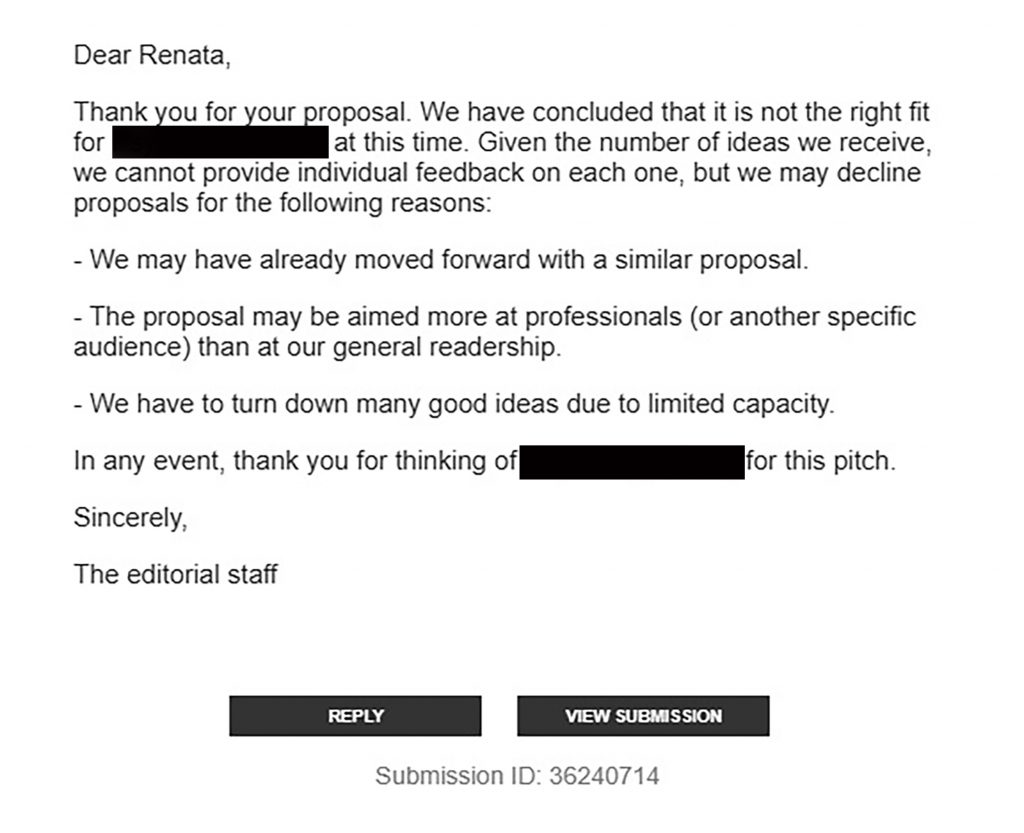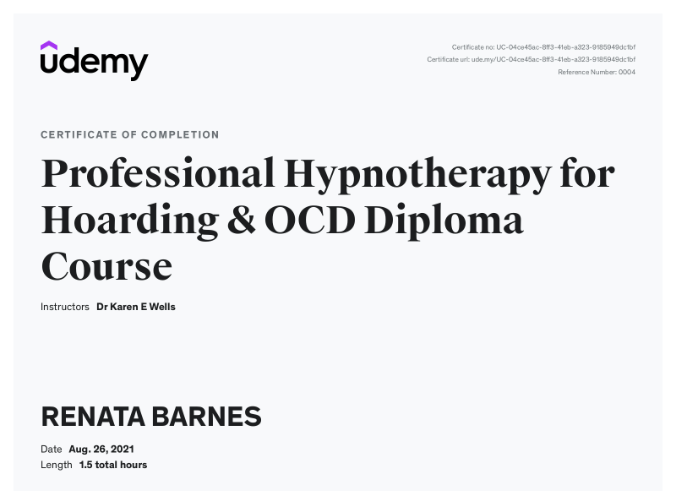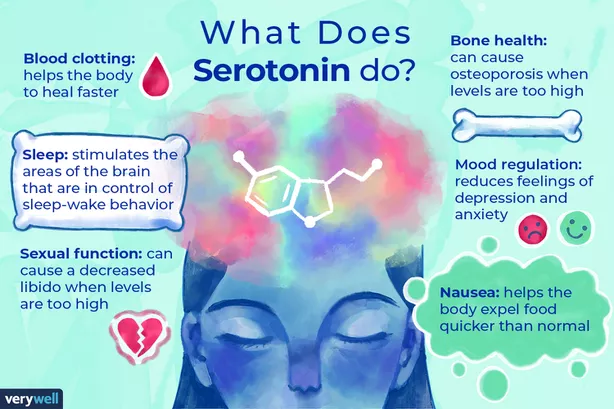
DISCLAIMER
Trigger Warning: The content on this page includes material that may be distressing to some readers. Topics discussed may include sensitive issues such as trauma, violence, and other potentially triggering subjects. Reader discretion is advised. If you feel that you may be affected by these topics, please consider whether or not you wish to continue reading.
Additionally, some names have been changed to protect the true identities of the individuals involved.
This Is A True & Inspiring Story Of Renata a Disabled Entrepreneur, Editor, Published Author, OCD Sufferer & Caregiver

(iRenata.com)
Celebrating Resilience: Navigating Life’s Challenges, overshadowed by the weight of adversity, ‘Renata – The Editor of Disabled Entrepreneur – Disability UK Online Journal shines as a beacon of resilience and adaptation. Renata, an individual struggling with Obsessive-Compulsive Disorder (OCD) and Cerebellar Atrophy, refused to let her condition define her. Instead, she forged a path to success as a businesswoman, author, and caregiver, demonstrating the transformative power of determination and innovation.
Renata’s journey began amidst the relentless grip of OCD, which cast even the simplest tasks as monumental challenges. Yet, rather than succumbing to despair, she harnessed her condition as a catalyst for growth. She cultivated meticulous attention to detail that would later propel her toward unparalleled achievements.
Renata’s journey has been marked by profound challenges and resilience. As a woman born in the UK to Polish immigrants, she has navigated the turbulent waters of discrimination racism, grief, and depression, encountering barriers that sought to confine her potential. Moreover, Renata is a survivor of domestic violence, battling not only the physical scars but also the psychological wounds inflicted by her abuser. Amidst the darkness, she found solace and strength in her entrepreneurial spirit.
Creating DisabledEntrepreneur.uk and DisabilityUK.co.uk initially as a form of self-help therapy, Renata transformed her pain into purpose, empowering herself and others. What began as a personal endeavor has blossomed into a beacon of hope and support for countless individuals.
DisabledEntrepreneur.uk stands not only as a testament to Renata’s resilience but also as a vital community resource hub, providing information, solidarity, and empowerment to those facing similar challenges. Renata’s journey is a testament to the transformative power of resilience and the human spirit’s capacity to rise above adversity.
Renata is the owner and editor of multiple websites and offers a range of services for startups and disabled entrepreneurs. Renata is an expert in her field with over 30 years of experience. Renata’s services include Digital Marketing – SEO – Website Design – Content Writing – Video Creation – Graphic Design – Social Media Management.
As she navigated the complexities of life’s challenges, she refused to be confined by the limitations imposed by her disabilities, OCD, Cerebellar Atrophy, Rheumatoid Arthritis & Dysphagia. She researched her conditions and adapted her life around her disabilities. Drawing upon her obsession with germs contamination, she developed a site to spread awareness about her illness (ocd.cymru) and campaign for mental health, disability discrimination, and human rights.
But her ambitions extended beyond the realm of entrepreneurship. With a keyboard at her fingertips, she has chronicled her journey. Her candid account of living with OCD struck a chord with many, offering solace and inspiration to those struggling with similar mental health challenges.
Despite her professional success, she was also drawn to caregiving. When her daughter was struck ill, she saw an opportunity to make a tangible difference in someone’s life. However, she recognized the need to establish clear boundaries to safeguard her well-being.
She approached caregiving with the same precision that defined her other endeavors. She understood the importance of maintaining her mental health while tending to the needs of others. When physical contact was necessary, she donned PPE clothing and disposable latex gloves, ensuring a barrier between herself and potential germs.
While some may view her precautions as excessive, they were instrumental in preserving her mental health and enabling her to fulfill her caregiving duties effectively. In the confines of her home, she navigated interactions with her daughter with grace and compassion.
Remarkably, her obsession with germ contamination proved to be a boon in her caregiving role. Her meticulous hygiene practices not only protected her but also safeguarded her immunosuppressed daughter from potentially harmful germs, such as listeria. Her vigilance served as a shield against illness, highlighting the invaluable role she played in preserving her daughter’s health.
Renata demonstrated an innate entrepreneurial spirit. She founded her own business, a marketing company specializing in content writing, digital marketing, website design, and lead generation. Through her keen editorial eye and passion for storytelling, Renata transformed her company into a beacon of inspiration for aspiring writers and readers alike.
But Renata’s ambitions did not stop there. Fueled by her insatiable curiosity and desire to effect positive change, she pursued a career as an editor, shaping the narratives of countless authors and amplifying voices that might otherwise go unheard. Her dedication to her craft earned her widespread acclaim within the health, literary community, and business world, establishing her as a formidable force in business.
As Renata’s journey continues to unfold, she remains steadfast in her commitment to making a difference in the world. With a burning passion for social justice and a desire to advocate for the rights of the marginalized, she is preparing to embark on a new chapter in her life – studying human rights law. Through her studies, Renata hopes to gain the knowledge and skills necessary to effect systemic change and promote equality and justice for all.
Renata’s story serves as a powerful reminder that adversity can be overcome and that with perseverance, determination, and a steadfast belief in oneself, anything is possible. As she continues to pursue her dreams and make her mark on the world, Renata inspires us all to embrace our passions, follow our hearts, and never stop striving for a better tomorrow.
Entrepreneurship to Advocacy – Standing Strong Against Discrimination and Championing Change”
In the face of disability discrimination, direct prejudice, racism, and ableism, Renata stands as a beacon of resilience and determination. Throughout her journey, she has encountered obstacles and challenges, yet she remains unfazed, and unwavering in her commitment to stand up for the rights of both her nation and herself. Despite facing discrimination and racism firsthand, Renata refuses to be silenced. Instead, she uses her experiences to fuel her advocacy efforts, speaking out against injustice and fighting for reform and change. As she continues on her path, Renata remains dedicated to challenging systemic discrimination and promoting equality and justice for all. Her journey serves as an inspiration to others, encouraging them to stand tall in the face of adversity and never waver in their pursuit of a better world. Renata’s legacy will be one of resilience, courage, and unwavering determination in the face of discrimination, leaving an indelible mark on the world and inspiring generations to come.
Renata’s history and disabilities do not define her and are simply stepping stones to her journey. Renata is in the midst of writing her autobiography, which she hopes to publish this year.
The True Story Renata, A Disabled Entrepreneur With OCD.
This story is an introduction bite-size teaser based on true events.
In a world where fear reigned supreme, Renata’s life was a constant battle against the invisible chains of OCD. Born into a home ruled by an obsessive fear of germs, her childhood was one of isolation and strict routines. Yet, this was only the beginning. Heartbreak, betrayal, and unimaginable trauma would follow her into adulthood, threatening to crush her spirit. But Renata was not one to be defeated. With resilience and determination, she transformed her darkest moments into a beacon of hope, rising from the ashes of her past to become a successful entrepreneur and a bestselling author. This is her story—a testament to the unyielding strength of the human spirit and the power of turning pain into purpose.


Chapter 1: The Start Of Her Journey & Seeds of Fear
Born in Shrewsbury Shropshire to Polish immigrants and the firstborn, going to unfamiliar territory (school) at the tender age of five and not being able to speak the English language was frightening for a child who did not understand why her father had walked her to school and then left her there.
She did not know anyone and everything was scary. She remembers running home from school, crossing a busy main road by herself during school hours, and sprinting as fast as her legs could carry her. The following day her father dragged her to school as she screamed, making a scene not keen on wanting to go back. She remembered a few things in the school as she was pushed by the kids and spat on outside the school gates. She also remembered the time she was pushed down some steps in the playground face planting herself on the gravel. Another incident was when she was swinging on the apparatus and caught the corner of her eye from a sharp piece of metal protruding from the edge causing her to bleed, luckily for her, it was the corner of her eyelid and not her eye.
She also remembers the kids making fun of her and nobody wanted to play. She recalls the kids making her rub out the classroom number on a chalkboard only to get into trouble with the teacher. She also remembers in the main hall a teacher waving a watch in front of all the children and putting her arm up as she thought her teacher was giving away the watch only to be reprimanded the following day by the headteacher for stealing. To this day she does not know how her mother never noticed the watch in her blazer pocket that she checked each day for dirt. Renata believes her OCD is genetic as her mother had OCD, and so did her Grandmother as well as her Uncle, who would lay his handkerchief on a chair before sitting down.
At the age of five, she remembers the house she lived in and the regular visits from her godmother Kristina and her husband Sławek who was Renata’s godfather. She remembers her godmother buying a dress from the catalog in purple velvet with a gold satin bow. She remembers the parties her parents would have at Christmas and on Birthdays. She remembers her brother’s 1st birthday as he sat in his pram.
She also remembered visiting her family in Poland on her mother’s side where she ate Pierogi (a traditional Polish dish of potato and cheese dumplings) the house was split in two and shared with her grandmother and grandfather living in one part and the other with their daughter’s family, husband and children. She also remembers the dog chained to the barn called Sasek.
As the years went on, her aunt recalled a time they were in the poppy fields and when her aunt was not looking she sipped the sap (opium) from the poppy buds consequently sleeping solid for two days. Her aunt never told her sister, thus Renata’s mother never knew what had happened.
Renata lived her early years in a small, meticulously clean home. Her mother, consumed by an intense fear of germs, imposed strict rules that forbade friends from visiting. This isolation planted the first seeds of Renata’s obsessive-compulsive disorder (OCD), even though she didn’t realize it at the time. She found solace in writing short stories, reading books, and daydreaming, often imagining a life filled with friends and adventures.
Chapter 2: Heartbreak
At 21, Renata met P.E. a Banker, her true love. Their relationship blossomed quickly, filling the void of loneliness she had carried since childhood. However, their happiness was short-lived. P.E’s infidelity shattered her world when he contracted an STD from exploring his sexuality. The repulsion she felt triggered her OCD, manifesting in compulsive handwashing and an aversion to mentioning his name. The breakup led to a nervous breakdown, leaving Renata emotionally scarred. She blamed her ex for many years for triggering her disability and causing her emotional distress.
Chapter 3: Escape to Paradise
Desperate for a fresh start, Renata moved to a holiday resort, securing a job that promised a new beginning. But paradise quickly turned into a nightmare. One night, three co-workers, high on drugs, sexually assaulted her. She reported it to the Resort CEO (R.W) who did an internal investigation and the perpetrators contradicted what she said. Furthermore, if she had involved the Police this would have attracted bad publicity to the resort and the football club in which the resort CEO was the owner, consequently, she would also have lost her job. The trauma caused her OCD to flare up with a vengeance, plunging her into a deep depression. The domino effect of events including an accident where she had to have stitches only amplified her OCD even more.
Chapter 4: Knight in Shining Armor
Amidst the darkness, Alan, the resort’s security manager, became her beacon of hope. His kindness and support helped her regain some semblance of normalcy. Their bond grew stronger, and eventually, they married. Yet, happiness was fleeting. Two days after their wedding, Renata received a call from an anonymous woman demanding to speak with Alan. Suspicion gnawed at her, but she chose to trust her husband.
Chapter 5: Building Dreams and Shattered Trust
Together, they started a security business. Renata poured her heart and soul into it, while Alan preferred to stay in a managerial role, leaving the financial responsibilities to her. Despite her naivety, the business thrived for three years until £120K went missing. Pregnant and six months along, Renata’s world crumbled when Alan left her for the mysterious caller from their honeymoon.
Chapter 6: Rising from Ruins
Heartbroken and on the business on the brink of collapse, Renata’s OCD resurfaced, paralyzing her with fear. With her daughter’s birth, she found solace in the support of her mother and friends. However, tragedy struck again when both her parents and brother died in quick succession. Overwhelmed by grief, Renata decided to restart her business alone, this time moving away from security and focusing on marketing and website design. It became her lifeline, giving her a purpose and a path to financial stability.
Chapter 7: Love and Betrayal
Years later, she met an Eastern European immigrant who seemed to be the answer to her prayers. But his charm masked a darker side. His hatred and anger escalated with emotional and physical abuse. Through perseverance, she managed to get him to leave her alone and was thankful that he had gone back home to his motherland but there was an element of fear that lingered what if he returned, what if he came back to finish what he started?
Chapter 8: Violated Sanctuary
While traveling abroad for a much-needed break from the turmoil of her life, Received received a call that would shatter her fleeting sense of peace. Her home, her sanctuary, had been violated by a ruthless robbery. The intruder had ransacked every room, leaving behind a trail of contamination that her mind could not cleanse. Precious, irreplaceable mementos of her family and her past were stolen, amplifying her sense of loss and betrayal. Overwhelmed by the intrusion and the thought of her sacred space being tainted, Renata’s OCD flared up with a vengeance. She confined herself to a single, meticulously cleaned area of her home, unable to venture beyond its self-imposed quarantine. This invasion, both physical and emotional, pushed her deeper into the grip of her disorder, undoing the fragile progress she had made. Renata’s OCD returned, turning her into a recluse once more.
Chapter 9: Writing Her Own Story
Some of this part needs to materialize as it has not happened yet.
- I have started writing
- I have a lot of followers and connections
- I have started writing my autobiography
Determined not to let her past or OCD defeat her, Renata turned to writing. Pouring her pain and experiences into words, she authored a memoir. The book resonated with millions, becoming a bestseller. Renata’s story of resilience and survival inspired countless others, transforming her into a beloved author.
Epilogue: From Cocoon to Blue Morpho Butterfly
Renata stood at the window of her cozy home, watching her daughter in the garden relaxing and bathing in the sun. The shadows of her past still lingered, yet she continued with her quest to write a new chapter of her life through sheer determination and the power of storytelling,






























